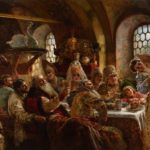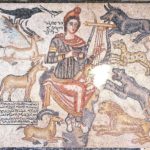Ancient Roman Farm Tools: Agriculture was the basis of ancient Rome’s economy, with wheat, barley, olives and vineyards as the main crops. While the farmer and his sons worked in small private farms, slaves worked in bigger state-owned or private farms.
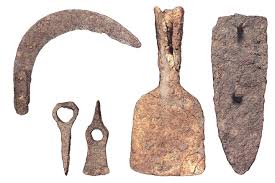
Ancient Roman Farm Tools
The expansion of the Roman Empire resulted in bigger farms as a result of the increasing number of captured slaves arriving from conquered nations. Roman Farm Tools, such as plows, sickles, rakes, hoes, and shovels, were very rudimentary in Roman times because of the abundance of free labor.
Roman farming facts
When people first started farming, each family pretty much farmed by itself. Mom and Dad and the kids planted the grain and the vegetables, and later they harvested them. And throughout antiquity and the Middle Ages, many farms were family farms that worked just like that.

But there were also other ways to be a farm-worker. Some people were slaves working on somebody else’s farm.
Or, some families rented a small piece of somebody else’s farm and then paid the owner part of the crop as rent (this is sometimes called share-cropping).
Because most of the work on a farm is the planting and the reaping, in October and June, a lot of rich people just bought a few slaves, who did the wedding and kept things going during the rest of the year, and hired people by the day just during the busy seasons of planting and harvest. Often these people were paid in food, but sometimes they were paid in money.
What tools did farmers use in ancient Rome
Plows
The simple plow or ard consisted of a frame with a sharp stick that was dragged into the soil to make a furrow for the seeds. It was used in lighter and drier soils, while the heavy plow, which had a metal cutter blade, was used in clay and wet soils of northern regions.
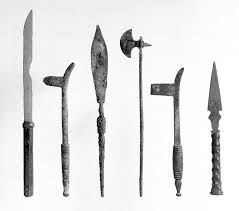
Sickles
Sickles are ancient Roman Farm Tools, first made with wood and animal jaw bones. During the Roman Empire, sickles were made of iron and had long or short wooden handles.
Slaves and farmers used them to cut barley and wheat crops as well as the grass to feed the cattle. Small sickles were also used to prune fruit trees, such as fig trees and vines.
Turf Cutters and Rakes
Rakes had iron prongs that were fixed into a strong wooden frame, which was often oak. They were used to loosen the soil before sowing and to collect hay and grasses to feed the cattle.
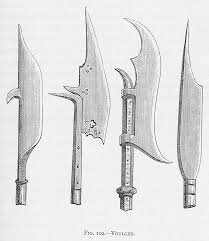
A turf cutter consisted of a wooden shaft and a strong iron head, similar to a small and sturdier spade. Although turf cutters were more often used to open new roads and build defenses around the empire, they were also used to break hard, rocky soils.
Shovels and Hoes
Shovels made of animal bone were used since prehistorically times. Iron shovels of different sizes were a tool used in Roman farms to help in the preparation of the soil before planting vines and other fruit trees. Shovels were also used to move grains from the fields into wooden buckets and baskets. Iron hoes, often made in a triangular shape, were also important farming tools during Roman times.
More info on- roman farm animals

